Are you concerned about the Cost of Shipping Containers from China to the US in 2025 and how evolving trends could impact your import strategy?
With global logistics facing new challenges and opportunities, understanding the true cost of shipping from China to the US is more crucial than ever. From fluctuating freight rates and shifting trade regulations to fuel prices and port congestion, multiple factors shape your bottom line. This guide provides professional insights and the latest cost data to help you make informed decisions, optimize your supply chain, and gain a competitive edge in the rapidly changing market.
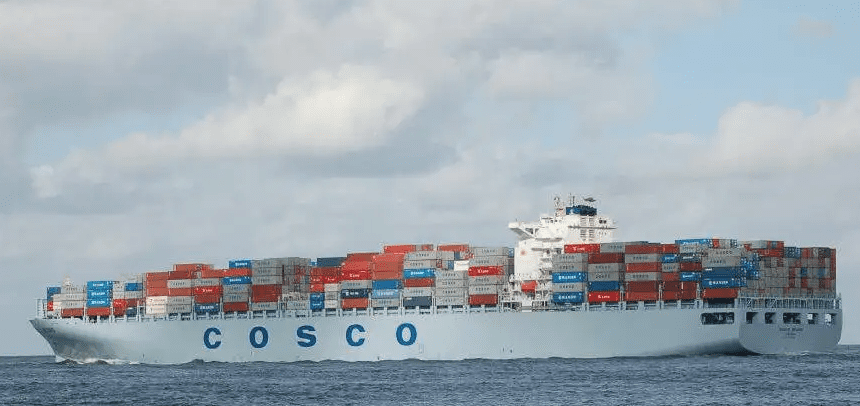
1. Basics of International Container Shipping
What is Container Shipping?
Container shipping is a method of transporting goods using large, standardized containers that can be easily transferred between different modes of transport such as ships, trains, and trucks. This system, introduced in the 1950s, revolutionized global trade by significantly improving efficiency and reducing shipping times and costs.
Definition and Advantages
Container shipping involves loading goods into large, robust containers that are sealed and locked for the entire journey. These containers come in various sizes, with 20-foot (TEU) and 40-foot (FEU) containers being the most common. The advantages of container shipping include:
- Efficiency: Containers can be quickly and easily transferred between ships, trucks, and trains, minimizing handling time and reducing the risk of damage.
- Security: Once sealed, containers provide a secure environment for goods, protecting them from theft and environmental factors.
- Cost-Effectiveness: By consolidating goods into a standard-sized container, shippers can optimize space and reduce transportation costs.
- Versatility: Containers can carry a wide variety of goods, including perishable items, hazardous materials, and oversized cargo, making them suitable for diverse industries.
Standard Container Types and Sizes (20ft, 40ft)
The standardization of container sizes plays a crucial role in the efficiency of global trade. The two most common container sizes are the 20-foot and 40-foot containers, which are measured in Twenty-foot Equivalent Units (TEUs) and Forty-foot Equivalent Units (FEUs) respectively.
20ft Containers (TEU): These containers measure approximately 20 feet in length, 8 feet in width, and 8.5 feet in height. They are ideal for smaller shipments or heavier cargo that can max out the weight limit before filling the volume.
40ft Containers (FEU): Measuring approximately 40 feet in length, 8 feet in width, and 8.5 feet in height, these containers are suitable for larger shipments and offer better economies of scale for businesses importing significant quantities of goods.
read more:
- 20ft & 40ft Container Cost from China to UAE
- The Versatility and Advantages of Used 20ft Shipping Containers in Internationa
- Navigating the Costs of Shipping a 40ft Container from China to the USA
2. Main Factors Affecting Container Shipping Costs
Understanding the factors that affect container shipping costs is essential for businesses looking to optimize their logistics budget. The cost of shipping containers from China to the US can vary significantly based on several key factors. Here, we delve into the primary elements that influence these costs.
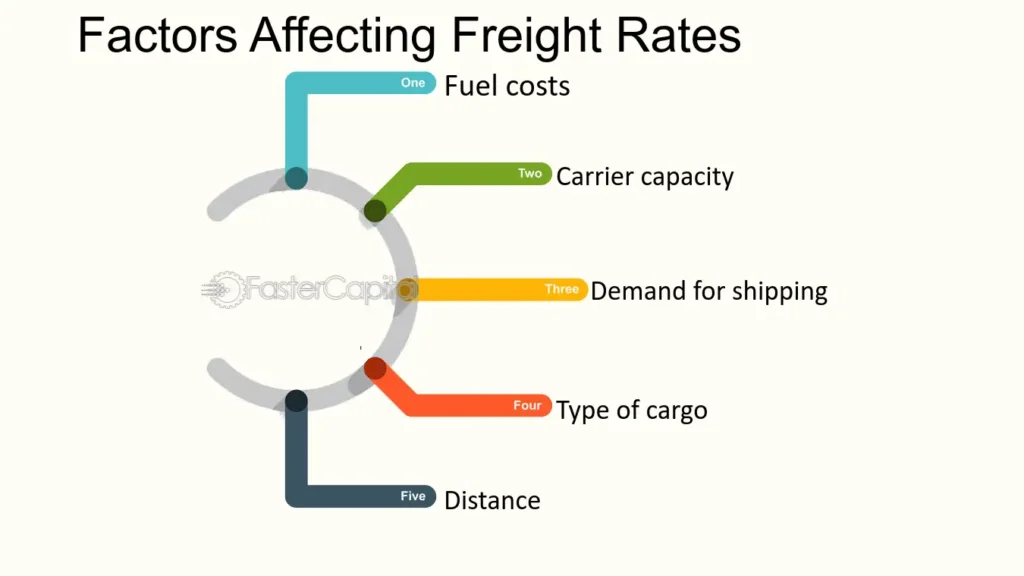
Shipping Distance and Routes
Major Shipping Routes and Ports
The shipping route and the distance between the origin and destination ports play a crucial role in determining shipping costs. The most common routes from China to the US typically involve trans-Pacific shipping lanes, with major Chinese ports like Shanghai, Ningbo-Zhoushan, and Shenzhen serving as the departure points. On the US side, key destination ports include the Port of Los Angeles, the Port of Long Beach, and the Port of New York and New Jersey.
Impact of Route Length on Costs
Longer shipping distances generally result in higher costs due to increased fuel consumption and extended transit times. However, the choice of route can also impact costs. For instance, direct routes may be more expensive but offer faster delivery times, while routes with multiple stops may be cheaper but result in longer transit times and higher risks of delays.
Seasonal Fluctuations
Peak Seasons and Off-Seasons
Shipping costs are subject to seasonal fluctuations, with rates typically rising during peak seasons. The peak shipping season for routes from China to the US usually occurs from August to October, as businesses ramp up inventory for the holiday season. Additionally, Chinese New Year, which occurs in late January or early February, can also lead to increased demand and higher shipping costs due to factory shutdowns and a rush to ship goods before the holiday.
Impact of Holidays on Shipping Rates
Holidays and special events can significantly impact shipping rates. For example, the Chinese Golden Week in early October can lead to port congestion and delays, driving up shipping costs. Similarly, major US holidays like Thanksgiving and Christmas can increase demand for imports, affecting shipping rates. Businesses need to plan their shipping schedules carefully to avoid these peak periods and minimize costs.
Fuel Surcharges
Fluctuations in Fuel Prices
Fuel costs are a major component of shipping expenses. Shipping lines typically apply fuel surcharges to account for fluctuations in fuel prices. These surcharges can vary based on the current market price of bunker fuel, a type of fuel oil used by ships. When fuel prices rise, shipping companies pass on the increased costs to customers through higher surcharges.
How Fuel Surcharges Are Calculated
Fuel surcharges are usually calculated as a percentage of the base freight rate. Shipping lines may use different formulas to determine these surcharges, taking into account factors such as fuel consumption, voyage distance, and vessel efficiency. It is important for shippers to understand how fuel surcharges are calculated and to monitor market trends to anticipate changes in shipping costs.
Other Surcharges
Port Charges
Port charges include fees levied by ports for the handling and storage of containers. These charges can vary significantly between different ports. For example, the Port of Los Angeles and the Port of Long Beach may have different fee structures compared to East Coast ports like the Port of New York and New Jersey. Port charges may include terminal handling charges (THC), wharfage fees, and container storage fees.
Security and Risk Management Fees
Increased security measures and risk management protocols have introduced additional costs to container shipping. Security surcharges cover expenses related to compliance with international maritime security regulations, such as the International Ship and Port Facility Security (ISPS) Code. These fees help ensure the safety of cargo and prevent security breaches.
Read More:
- What are the costs of international freight transportation
- 20 ft container shipping cost from China to USA
- Air freight cost from China to USA
- Container cost from China to USA 2022
3. How to Calculate Total Shipping Costs
Calculating the total shipping cost involves considering multiple components beyond the base freight rate. By understanding these components, businesses can budget more accurately and avoid unexpected expenses.
Base Freight Rates
Calculated by Weight or Volume
The base freight rate is the primary charge for transporting a container from one port to another. This rate is typically determined by the weight or volume of the cargo. For full-container-load (FCL) shipments, the rate is often calculated based on the size of the container (20ft or 40ft). For less-than-container-load (LCL) shipments, the rate may be based on the weight or volume of the goods being shipped.
Pricing for Different Container Types
Different types of containers may have varying base freight rates. For example, standard dry containers, refrigerated (reefer) containers, and open-top containers can have different pricing structures. It is important for shippers to choose the appropriate container type based on the nature of their cargo and to understand how this choice impacts the overall cost.
Additional Charges
Customs Clearance Fees
Customs clearance is a critical step in the shipping process, involving the submission of necessary documentation and payment of duties and taxes. Customs clearance fees cover the administrative costs of processing these documents and facilitating the clearance of goods through customs authorities. These fees can vary depending on the complexity of the shipment and the specific requirements of the destination country.
Destination Charges
Destination charges are fees incurred at the destination port and may include unloading, handling, and delivery costs. These charges can vary depending on the logistics services required, such as drayage (short-distance transportation), warehousing, and final delivery to the consignee’s location. Understanding these charges is crucial for accurate cost estimation and avoiding surprises upon arrival.
Shipping Insurance
Shipping insurance provides coverage for potential loss or damage to cargo during transit. The cost of insurance is typically calculated as a percentage of the cargo’s value and can vary based on factors such as the type of goods, shipping route, and chosen coverage level. While insurance is an additional expense, it offers valuable protection and peace of mind for shippers.
4. Choosing a Freight Forwarder
Selecting the right freight forwarder is a crucial decision that can significantly impact the efficiency and cost-effectiveness of your shipping operations. A reliable freight forwarder can streamline logistical processes, negotiate better rates, and provide crucial support throughout the shipping journey.
Criteria for Selecting a Freight Forwarder
Experience and Reputation
One of the primary criteria for selecting a freight forwarder is their experience in handling shipments between China and the US. An experienced freight forwarder will have a deep understanding of the logistics, documentation, and regulatory requirements for this specific trade route. Reputation matters as well; look for forwarders with positive reviews and proven track records in delivering reliable services. Checking industry credentials and affiliations with organizations such as the International Federation of Freight Forwarders Associations (FIATA) can also be useful.
Range of Services and Added Value
Freight forwarders offer a variety of services beyond just moving goods from point A to point B. Key services to consider include:
- Documentation and Customs Clearance: Handling all necessary paperwork, including bills of lading, commercial invoices, and customs declarations.
- Cargo Insurance: Providing options for insuring your shipment against potential loss or damage.
- Warehousing and Distribution: Offering storage solutions and last-mile delivery services.
- Tracking and Visibility: Providing digital tools for real-time tracking and status updates.
Choosing a freight forwarder that offers comprehensive services can simplify your logistics and add significant value to your supply chain.
Comparing Quotes and Services
How to Obtain and Compare Quotes from Different Freight Forwarders
To make an informed choice, obtain quotes from multiple freight forwarders. Ensure that each quote includes a detailed breakdown of costs, covering base freight rates, fuel surcharges, port charges, customs fees, and any additional services. Comparing these quotes allows you to understand the true cost of shipping and identify potential areas for cost savings.
Attention to Details and Hidden Costs
While comparing quotes, it’s crucial to pay attention to the fine print. Some freight forwarders may offer seemingly low rates but include hidden costs that can add up. Look for transparency in pricing and be wary of vague terms. A reputable freight forwarder should be willing to explain all charges and fees, ensuring there are no surprises down the line.
Conclusion
Shipping containers from China to the US involves multiple factors and considerations that can significantly impact overall costs. By understanding these elements, businesses can make informed decisions to optimize their logistics strategies and minimize expenses.
Summarize Key Points
Throughout this guide, we have explored the various aspects that influence container shipping costs, including:
- Shipping Distance and Routes: The length and complexity of shipping routes directly impact transportation costs.
- Seasonal Fluctuations: Demand peaks during holiday seasons and other key periods can drive up shipping rates.
- Fuel Surcharges and Additional Fees: Fluctuations in fuel prices and extra charges such as port fees and security surcharges contribute to the total cost.
- Choosing a Freight Forwarder: Selecting an experienced and reputable freight forwarder can provide valuable services and help manage costs effectively.
Frequently Asked Questions (FAQ)
Addressing common questions can help clarify doubts and provide additional insights for those navigating the complexities of international shipping.
1. How long does shipping usually take?
The transit time for shipping containers from China to the US can vary based on the specific ports involved and the chosen shipping route. On average, it takes approximately 15 to 30 days for a container to travel from major Chinese ports, such as Shanghai or Shenzhen, to key US ports like Los Angeles or Long Beach. Factors such as port congestion, weather conditions, and customs clearance can also affect transit times.
2. How can I reduce shipping costs?
There are several strategies to reduce shipping costs:
- Plan and Book in Advance: Early planning and booking can help secure better rates and avoid peak-season surcharges.
- Optimize Container Utilization: Efficiently packing containers to maximize space can reduce the number of containers needed.
- Negotiate with Freight Forwarders: Compare quotes from multiple forwarders and negotiate for better rates and terms.
- Consolidate Shipments: If possible, consolidate smaller shipments into a full container load (FCL) to benefit from lower per-unit costs.
3. What should I do if my goods are damaged or lost?
In the event of damage or loss of goods during transit, take the following steps:
- Document the Damage: Take photographs and keep detailed records of the damaged goods.
- Notify the Freight Forwarder and Insurer: Inform your freight forwarder and insurance provider immediately to initiate the claims process.
- File a Claim: Submit a formal claim with supporting documentation, including the bill of lading, commercial invoices, and evidence of damage.
- Follow Up: Stay in regular contact with your forwarder and insurer to track the progress of your claim and ensure timely resolution.
References and Resources
Industry Reports and Whitepapers
- Drewry Maritime Research: Comprehensive reports on global shipping trends and market analyses. Drewry Maritime Research
- Clarksons Research: Detailed shipping intelligence and market insights. Clarksons Research
Official Statistics and Market Analyses
- International Trade Administration (ITA): Data and resources on global trade and shipping. International Trade Administration
- World Shipping Council: Industry statistics and policy updates. World Shipping Council
Regulatory Guidelines
- International Maritime Organization (IMO): Guidelines and regulations for maritime safety and environmental protection. International Maritime Organization
- Customs and Border Protection (CBP): US customs regulations and compliance requirements. US Customs and Border Protection
Online Freight Platforms
- Freightos: Online platform for comparing and booking freight quotes. Freightos
- Flexport: Digital freight forwarding services with end-to-end shipment tracking. Flexport

Young Chiu is a seasoned logistics expert with over 15 years of experience in international freight forwarding and supply chain management. As CEO of Dantful International Logistics, Young is dedicated to providing valuable insights and practical advice to businesses navigating the complexities of global shipping.


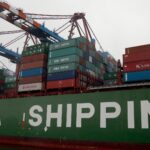






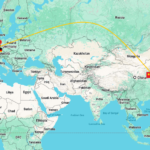
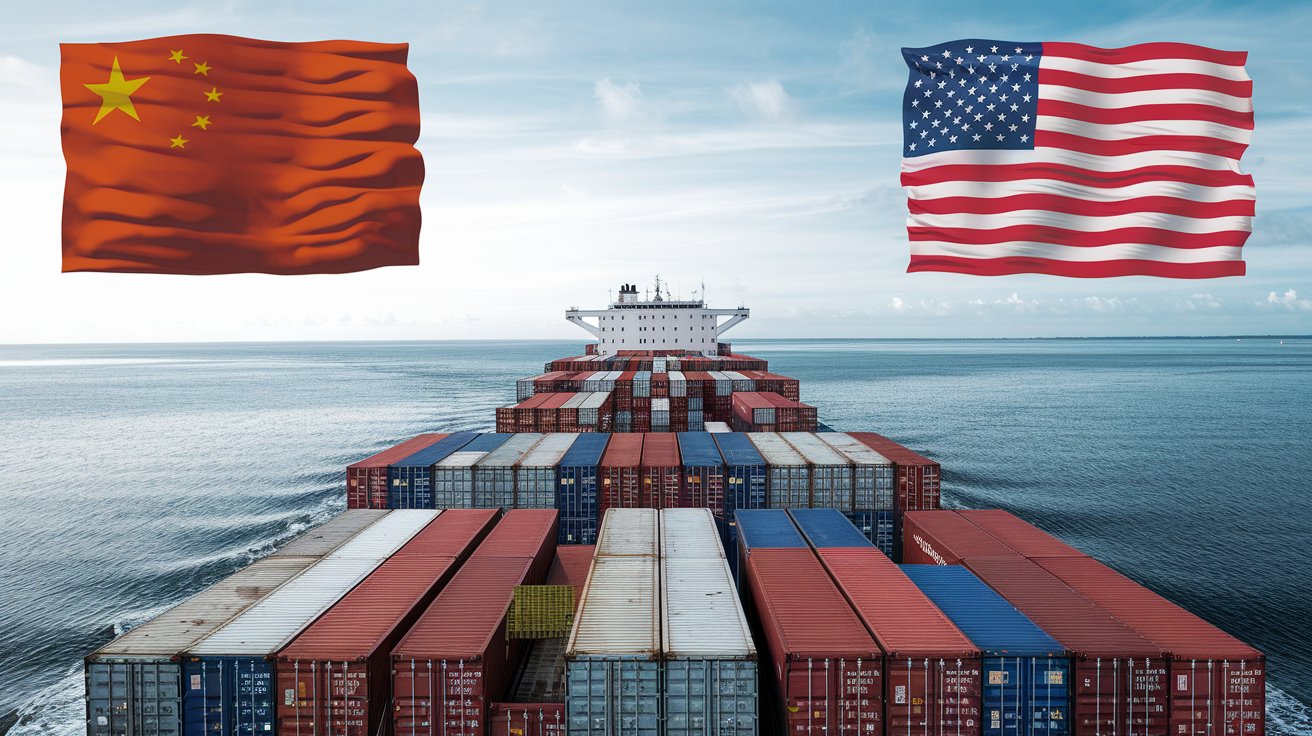
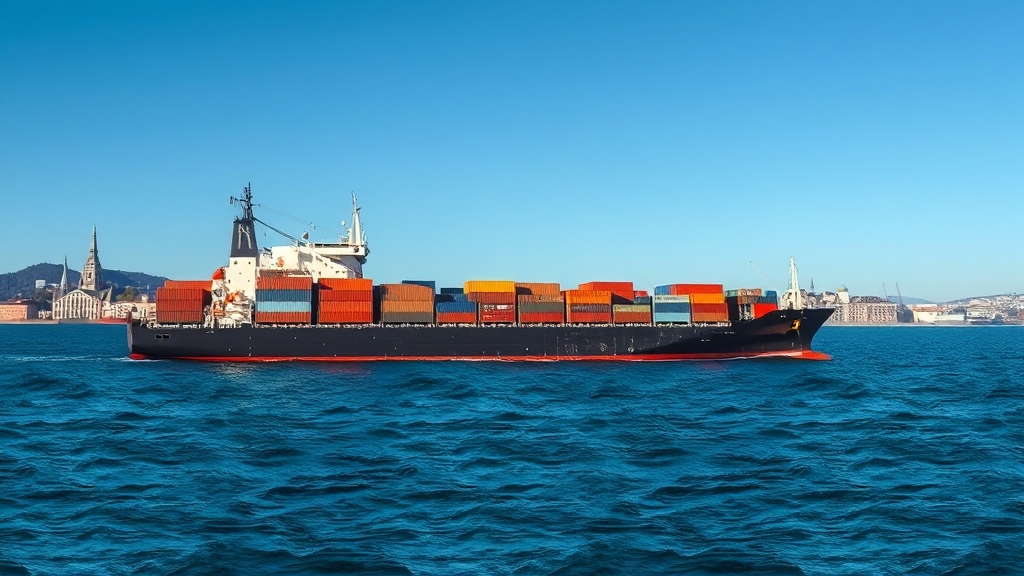

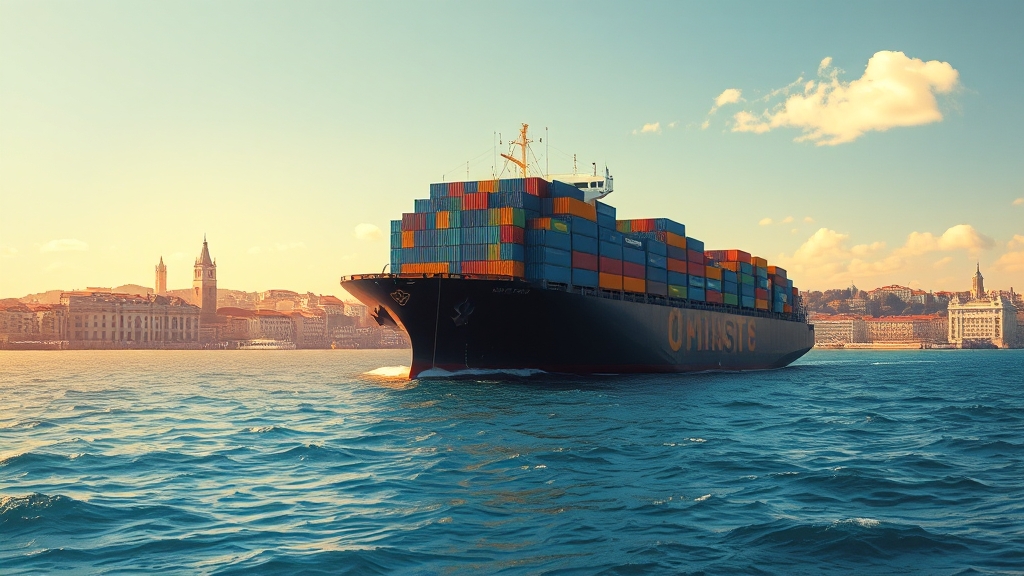
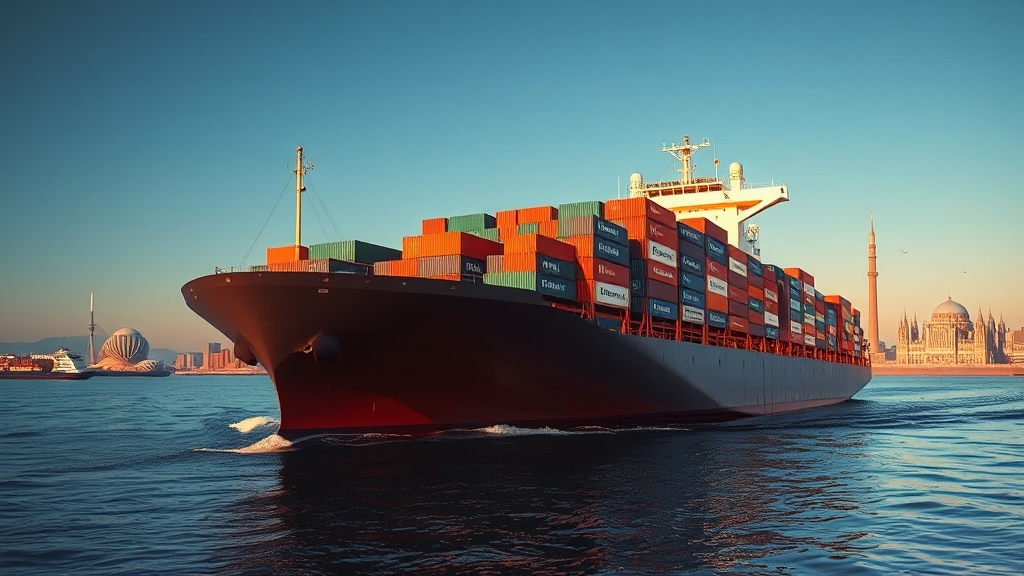





 Afrikaans
Afrikaans Shqip
Shqip አማርኛ
አማርኛ العربية
العربية Հայերեն
Հայերեն Azərbaycan dili
Azərbaycan dili Euskara
Euskara Беларуская мова
Беларуская мова বাংলা
বাংলা Bosanski
Bosanski Български
Български Català
Català Cebuano
Cebuano Chichewa
Chichewa 简体中文
简体中文 繁體中文
繁體中文 Corsu
Corsu Hrvatski
Hrvatski Čeština
Čeština Dansk
Dansk Nederlands
Nederlands English
English Esperanto
Esperanto Eesti
Eesti Filipino
Filipino Suomi
Suomi Français
Français Galego
Galego ქართული
ქართული Deutsch
Deutsch Ελληνικά
Ελληνικά Kreyol ayisyen
Kreyol ayisyen Harshen Hausa
Harshen Hausa Ōlelo Hawaiʻi
Ōlelo Hawaiʻi עִבְרִית
עִבְרִית हिन्दी
हिन्दी Hmong
Hmong Magyar
Magyar Íslenska
Íslenska Igbo
Igbo Bahasa Indonesia
Bahasa Indonesia Gaeilge
Gaeilge Italiano
Italiano 日本語
日本語 Basa Jawa
Basa Jawa ಕನ್ನಡ
ಕನ್ನಡ Қазақ тілі
Қазақ тілі ភាសាខ្មែរ
ភាសាខ្មែរ 한국어
한국어 كوردی
كوردی Кыргызча
Кыргызча ພາສາລາວ
ພາສາລາວ Latin
Latin Latviešu valoda
Latviešu valoda Lietuvių kalba
Lietuvių kalba Lëtzebuergesch
Lëtzebuergesch Македонски јазик
Македонски јазик Malagasy
Malagasy Bahasa Melayu
Bahasa Melayu മലയാളം
മലയാളം Maltese
Maltese Te Reo Māori
Te Reo Māori मराठी
मराठी Монгол
Монгол ဗမာစာ
ဗမာစာ नेपाली
नेपाली Norsk bokmål
Norsk bokmål پښتو
پښتو فارسی
فارسی Polski
Polski Português
Português ਪੰਜਾਬੀ
ਪੰਜਾਬੀ Română
Română Русский
Русский Samoan
Samoan Gàidhlig
Gàidhlig Српски језик
Српски језик Sesotho
Sesotho Shona
Shona سنڌي
سنڌي සිංහල
සිංහල Slovenčina
Slovenčina Slovenščina
Slovenščina Afsoomaali
Afsoomaali Español
Español Basa Sunda
Basa Sunda Kiswahili
Kiswahili Svenska
Svenska Тоҷикӣ
Тоҷикӣ தமிழ்
தமிழ் తెలుగు
తెలుగు ไทย
ไทย Türkçe
Türkçe Українська
Українська اردو
اردو O‘zbekcha
O‘zbekcha Tiếng Việt
Tiếng Việt Cymraeg
Cymraeg יידיש
יידיש Yorùbá
Yorùbá Zulu
Zulu